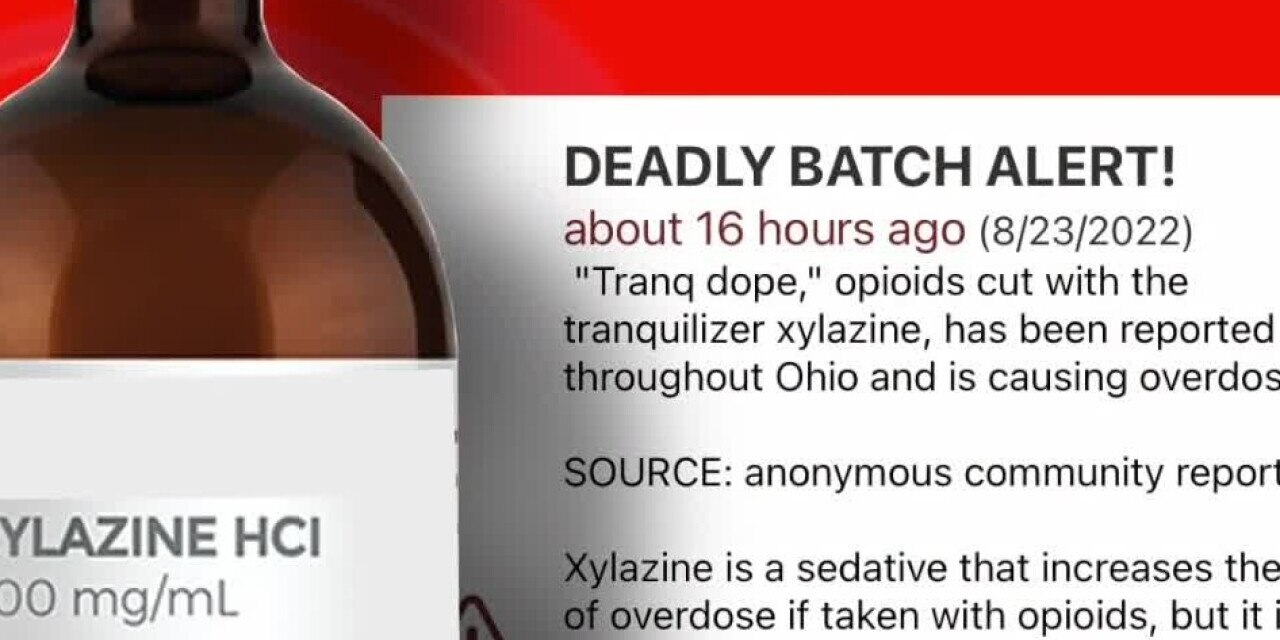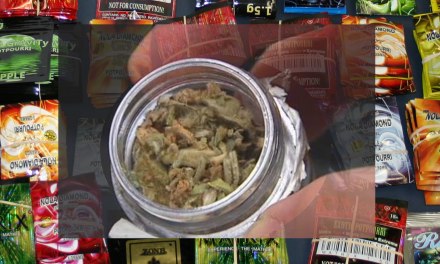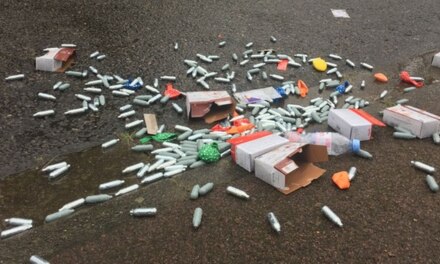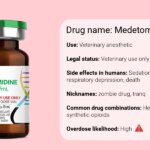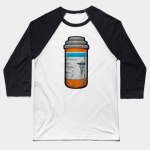Looks as if xylazine, the common veterinary medicine now known on the streets as “tranq”, continues to grow in popularity. That’s not good.
From a recent Medscape update: “The drug, which is increasingly mixed with fentanyl, often fails to respond to the opioid overdose reversal medication naloxone and can cause severe necrotic lesions.”
We wouldn’t expect a xylazine overdose to respond to naloxone any more than, say, a ketamine OD of the type that killed former TV star Matthew Perry. Neither drug is an opioid, and naloxone’s effects are specific to opioids. It’s all about the shape of the receptor.
Those necrotic lesions are more mysterious. I can’t offhand think of another common US drug of abuse that produces that effect. Although there was something similar reported in Russia ten or so years ago, related to a drug with the street name of krokodil.
As for a cause, the lesions are thought to be due to xylazine’s vasoconstrictor effects on blood vessels. Whatever its root, the outcome can be serious. In some cases, we’re told, untreated lesions have led to amputation.
Of course, since xylazine is often found in the company of fentanyl (usually anonymously), emergency personnel called to the scene of an apparent opioid OD are surprised to find that the naloxone they’ve just administered is far less effective than hoped. Rather than waking up, the victim often continues in a coma. A fatality can result. The real culprit remains unidentified.
Anyway, the ‘surge’ in xylazine use is evident not only in overdose statistics, but in the results of drug tests administered in emergency rooms and drug treatment centers around the nation. At present, xylazine is still most prevalent in the western US — along the Pacific coast and into the Mountain States — but appears to be moving eastward.
The Medscape article notes that “…rates vary by locality,” meaning xylazine may show up prominently in one county’s results, but not in its close neighbors. That can change overnight, naturally.
As for moving east, one large lab services provider reports that “…about one third of specimens in Maryland and South Carolina contained xylazine.”
Can’t get much farther East than those two.

